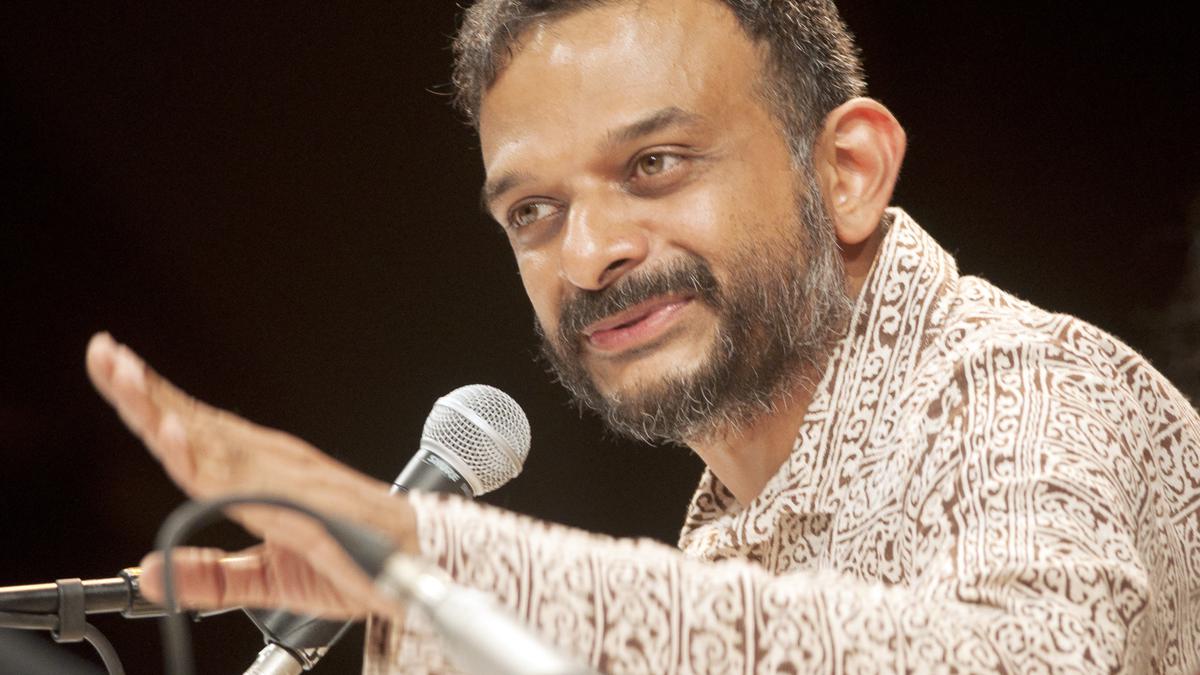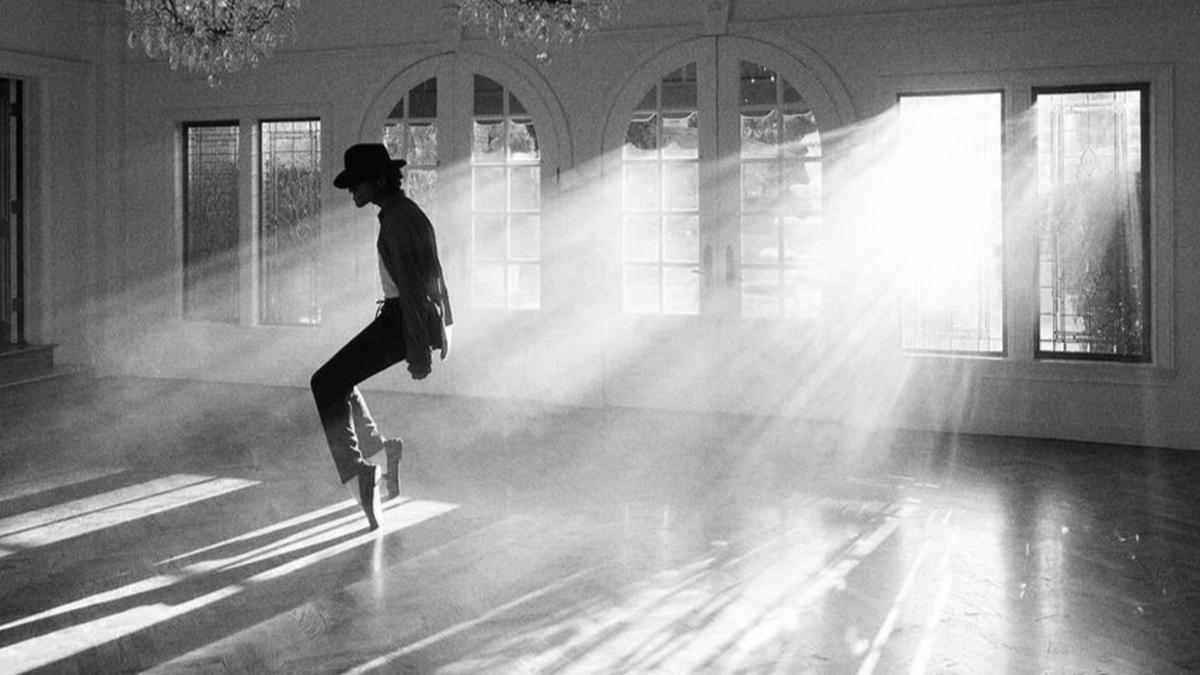In its grand finale, FX’s captivating rendition of James Clavell’s historical epic gracefully bows out with a rendezvous with mortality.
“Please split your belly open by sunset,” and “Have a good death” echo some of what we hear with the casualness of a tea sip. Yet, to truly grasp the weight of seppuku’s socio-historical significance, honour the richness of its source material, and deftly navigate the intricacies of translation, the series stands alone in its unparalleled achievement. Shōgun employs a three-pronged approach, replete with cross-cultural exchanges, verbal fencing, and the delicate dance of understanding in an era poised on the precipice of profound change.
Translation as illumination
The 1980s adaptation — starring the legendary Toshiro Mifune — opted for a bold approach, withholding subtitles from Japanese dialogue to immerse viewers in protagonist John Blackthorne’s disorientation, that paid dividends in dramatic tension. Fast forward to 2024, and FX’s iteration takes a different tack, embracing the power of translation to illuminate the inner workings of Japanese characters’ minds. It’s a choice that enriches Clavell’s narrative, granting viewers access to the proverbial other side of the coin.
At the heart of this lies a delicate balance between staying true to Clavell’s original vision and distilling the dense historical context of feudal Japan without succumbing to the siren call of dull exposition. The show’s creators, Justin Marks and Rachel Kondo undertook this Herculean task, ensuring that the essence of Clavell’s 1,100-page opus remained intact while also infusing it with a contemporary sensibility.

Translation as artistry
Central to this reality-shaping alchemy is Anna Sawai’s Lady Mariko, whose role as translator transcends mere linguistic mediation. As she offsets the cultural tete-a-tete, Mariko becomes a conduit for understanding, her words shaping the discourse between characters. In her hands, translation becomes a form of artistry, a delicate dance of diplomacy and deception that mirrors the intricacies of courtly intrigue. Where Blackthorne wants the “milk-dribbling … smear” to know he’s ready to go, Mariko casually converts to a prompt, “With utmost respect, the Anjin apologises for the misunderstanding” to hilarious effect; so much so, that this continuous back and forth between the two has quickly turned into an internet meme.
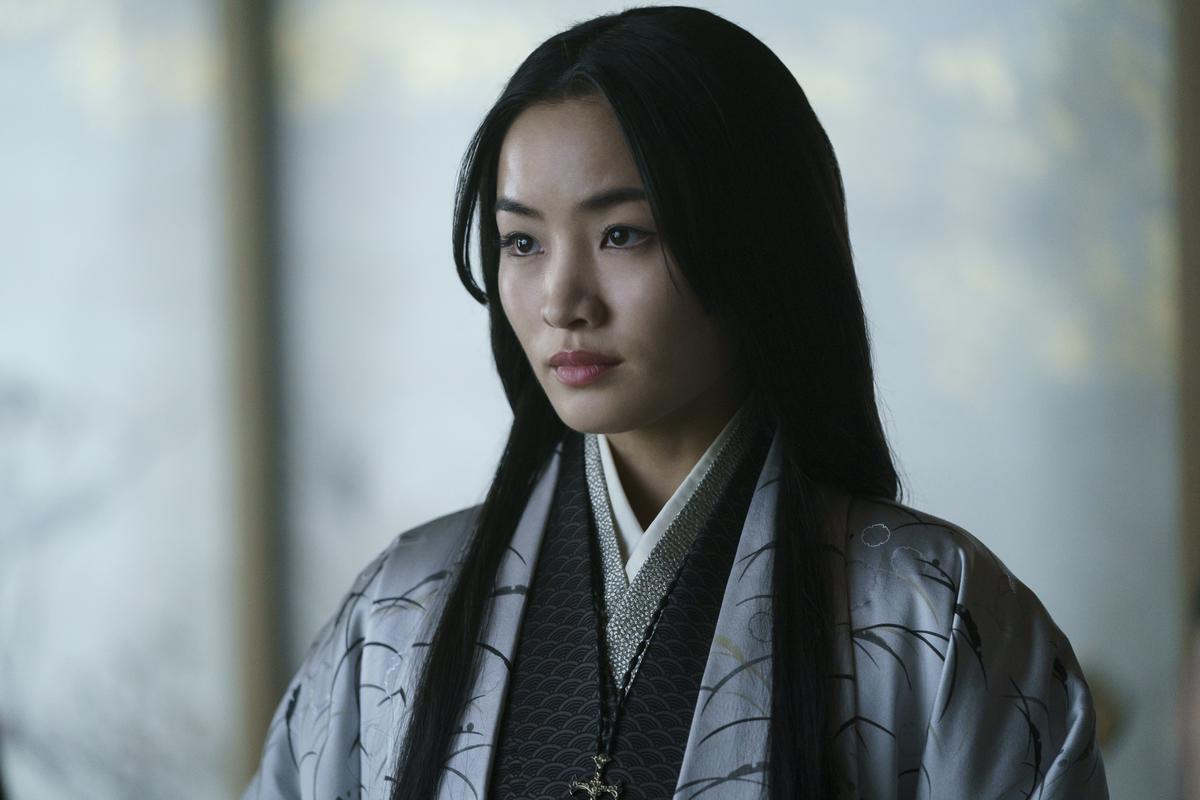
Anna Sawai as Toda Mariko in FX’s ‘Shogun’
Mariko’s mastery of the spoken word mirrors linguistic theory’s acknowledgment of translation as a nuanced art form, and the gravitas with which she employs the spoken word as the long-alluded ‘Crimson Sky’ herself, is a testament to how language can shape perceptions, and alter destinies and end entire wars far greater than the sword ever could.
A window to the unknown
But translation is not just about mastering vocabulary and syntax; it’s about values, traditions, and the subtle nuances that define a culture. Behind the scenes, the creators embarked on a decade-long journey to bring Clavell’s vision to life, painstakingly recreating the sights, sounds, and sensations of 17th-century Japan. From the meticulously crafted costumes to the scrupulous translation of dialogue, every detail is a brushstroke in their masterpiece and a testament to their unwavering commitment to storytelling excellence. For viewers, the result is a sumptuous feast for the senses, where every frame pulsates with the elegance of a bygone era.
Yet, beneath its polished veneer, Shōgun is more than mere visual splendour — it’s a thoughtful meditation on the nature of understanding and clever use of visual storytelling.
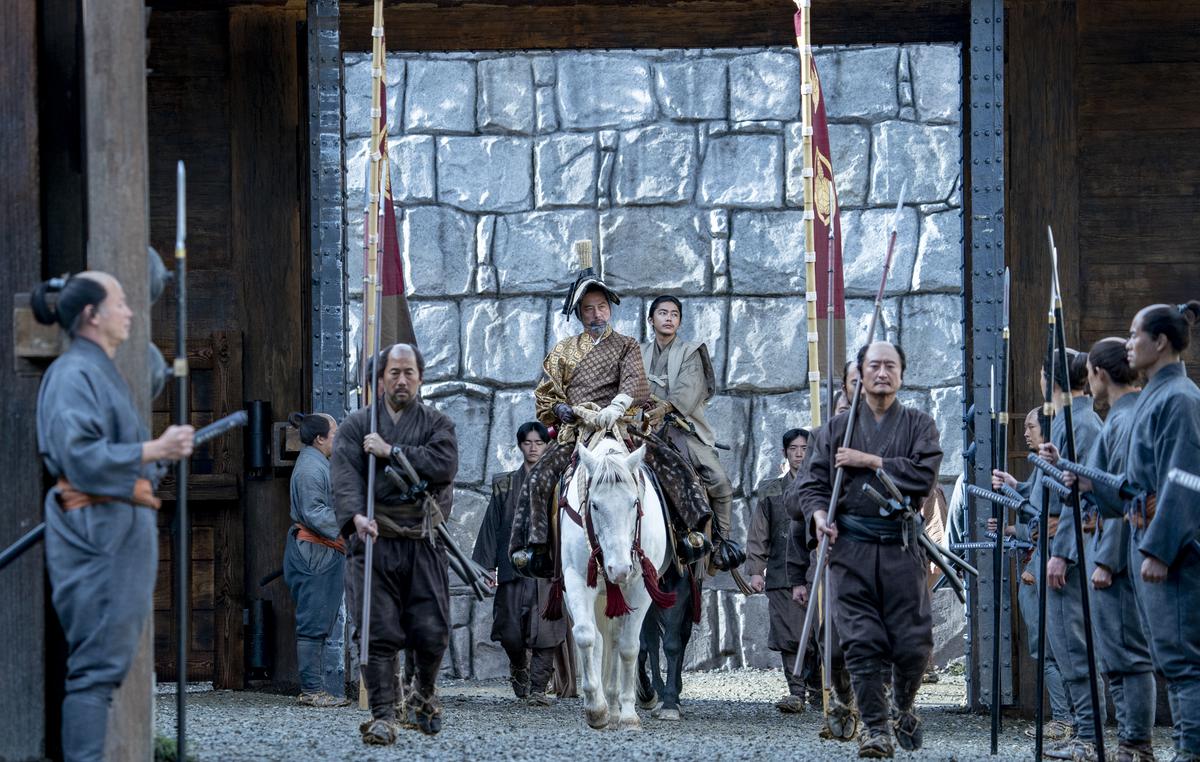
A still from FX’s ‘Shogun’
With a playful shifting of Fuji’s eyes, a painful wince across Buntaro’s face or even Yabushige’s cheeky grin; the series conveys a wealth of meaning that goes beyond the spoken word. It’s not just about speaking the language; it’s about becoming a part of it. The more time he spends in the “Japans” Blackthorne uncovers not just new words, but new ways of seeing the world. From the moment he washes ashore on the shores of Japan, the viewers are swept into an alien world where the language serves as the currency of understanding and belonging.
Against the backdrop of a society steeped in tradition and honour, Blackthorne’s odyssey begins, guided by the currents of the Sapir-Whorf hypothesis. Fans of Denis Villeneuve’s Arrival would recall how the aforementioned linguistic school of thought shapes the manner in which reality is determined or perceived. As he gradually grapples with the nuances of the Japanese way of life, from the elegant cadences of courtly etiquette to the terse commands of samurai honour, Blackthorne’s journey becomes a testament to the transformative power of language in shaping perception and identity .He soon finds himself gradually immersed in the rhythms of Japanese life. Gone is the bumbling Englishman, extolling the virtues of Queen and country; in his place stands a man enmeshed in the fabric of Japanese society.
Blackthorne discovers that genuine comprehension transcends mere linguistic conversion. It demands a profound grasp of cultural context and a willingness to embrace the unknown.

Beyond comprehension
Shōgun kicks off with a clever Japanese aphorism, painting a layered picture of human nature: one heart for the world, another for intimates, and the elusive true self hidden away with only God as a confidant. The series expertly manoeuvres these layers from text to screen, offering a spectacular spectacle for all to behold, and from screen to dialogue, inviting insiders to decipher.
Yet, the labyrinthine corridors of Toranaga-sama’s mind remain an indecipherable puzzle, evading even the sharpest of viewers, like a well-guarded fortress of intrigue.
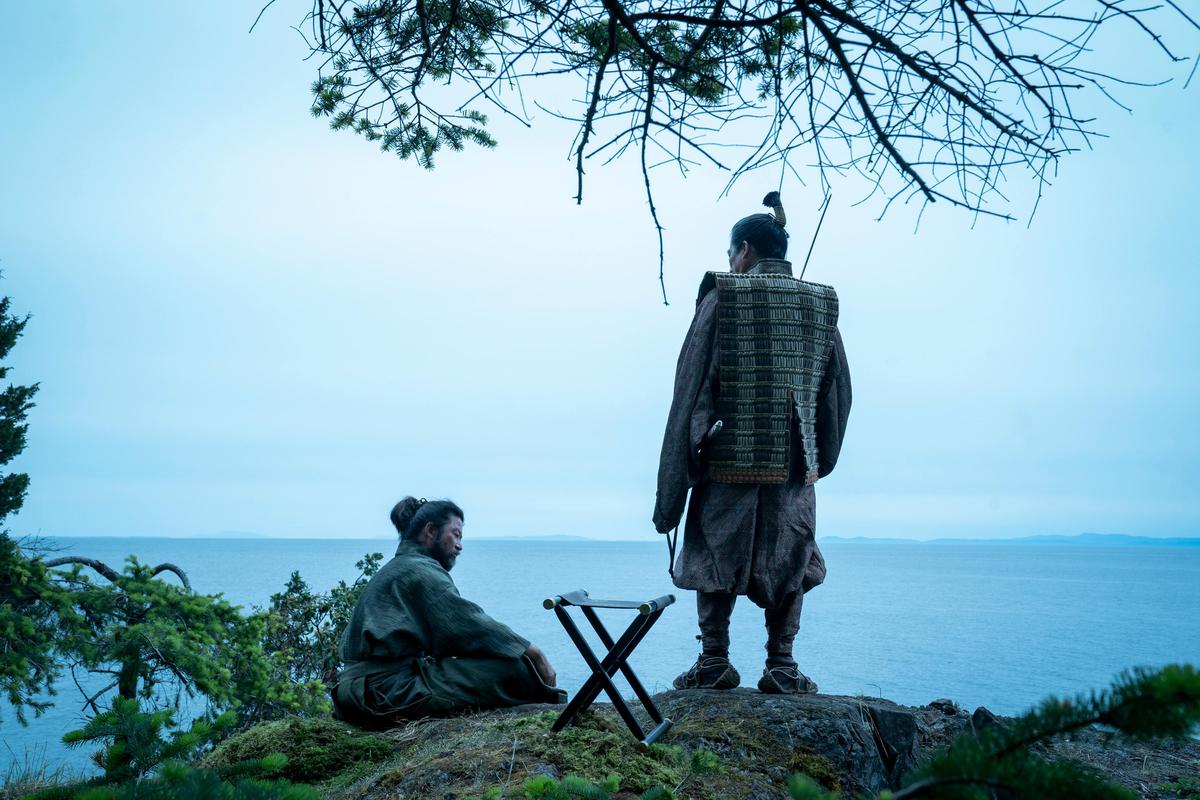
A still from FX’s ‘Shogun’
In Hiroyuki Sanada’s portrayal, Yoshi Toranaga becomes a figure beyond mere mortal comprehension, thanks to his knack for playing three-dimensional chess while others struggle with checkers. Toranaga’s vision extends far beyond the mundane concerns of his peers, encompassing grand designs and long-term goals that only a select few can even hope to grasp. But most importantly, Shōgun presents Toranaga as a swift rebuttal to Hollywood’s exoticised pastiche of feudal Japan.
His mystique lies in his ability to perceive connections and possibilities beyond the grasp of our ordinary (Anjin) minds. In the end, Toranaga’s greatest strength was merely reading between the lines. Understanding, observing and knowing thy enemy.
Shōgun is a refreshing reminder that in a time where the power of the ‘one-inch-tall barrier,’ still seems distastefully under contention, sometimes you need to revive the literal Tokugawa Shōgunate to bridge the cumbersome gap between worlds.
Having finally come to a poignant yet rousing close, one must face the bittersweet reality that television may never witness such an adroit, poetic interplay of linguistics for a while. Only its words remain with us now, but what a bonfire it made.


